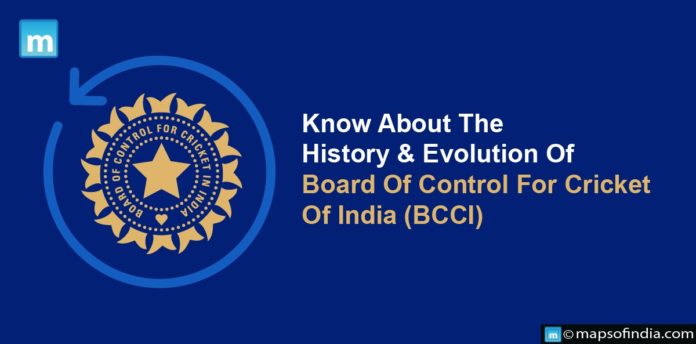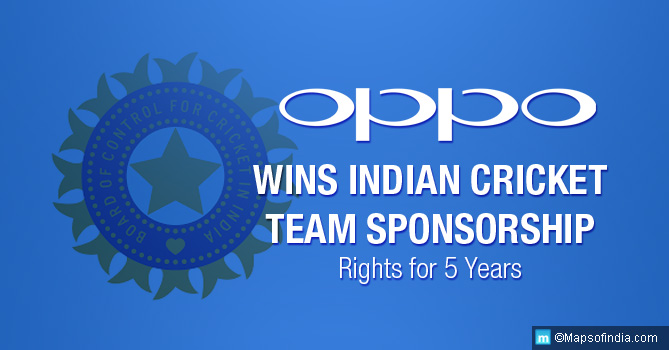The Board of Control for Cricket in India (BCCI) is India’s cricket governing body and is regarded as one of the world’s most powerful and prominent cricket boards. Today, BCCI is the world’s richest and most influential cricket board, with a reported net worth of $2.25 Billion. The BCCI’s history and evolution is a remarkable journey that has seen Indian cricket rise from a colonial pastime to a worldwide superpower.
History of BCCI
Cricket in India dates back to the early 18th century when British merchants introduced it. The game swiftly acquired popularity, and by the late nineteenth century, regular cricket matches between Indian and British teams were taking place.
Two Calcutta Cricket Club delegates were invited to the Imperial Cricket Conference (ICC) meeting in 1926. This was the first time the ICC formally recognized an Indian cricket association. Following the conference, the Calcutta Cricket Club and other provincial cricket bodies in India agreed to establish a national cricket regulatory body. This resulted in the formation of the BCCI in December 1928. In its early years, the BCCI concentrated on arranging domestic cricket events and promoting the game in India. However, it quickly became evident that the BCCI could become a significant international cricketing force.
Evolution of BCCI
The BCCI’s evolution can be divided into three distinct phases:
Phase 1 (1928-1983):
The BCCI concentrated on improving domestic cricket and marketing the game in India throughout this period. India played its first test match in 1932 and first one-day international (ODI) in 1974. Cricketing legends such as Vinoo Mankad, Vijay Hazare, and Polly Umrigar emerged in the 1950s. The BCCI’s financial resources improved, resulting in more significant infrastructure and facilities for the sport’s development. However, during this time, India had no significant successes on the international scene.
Phase 2 (1983-2000):
This period saw the BCCI emerge as a prominent force in international cricket. India won their maiden Cricket World Cup in 1983 and became one of the world’s most successful teams during the 1990s. During this time, the BCCI also began to collect substantial revenues from television and sponsorship partnerships. However, there were numerous issues, too, including match-fixing allegations and clashes with rival cricketing boards. During this time, the BCCI’s financial clout rose significantly, sparking discussion about its impact on the global cricketing landscape.
Phase 3 (2000-present):
During this period, the BCCI has become the world’s most dominant cricket board. The BCCI makes more money than any other cricket body, and India is now the most popular cricket team in the world. The BCCI was also instrumental in the growth of the Indian Premier League (IPL), today’s most popular T20 cricket league. The IPL changed the face of cricket by combining sports and entertainment. It drew worldwide stars, large endorsement deals, and a large fan base. With the popularity of the IPL, the BCCI’s earnings skyrocketed to unprecedented heights.





